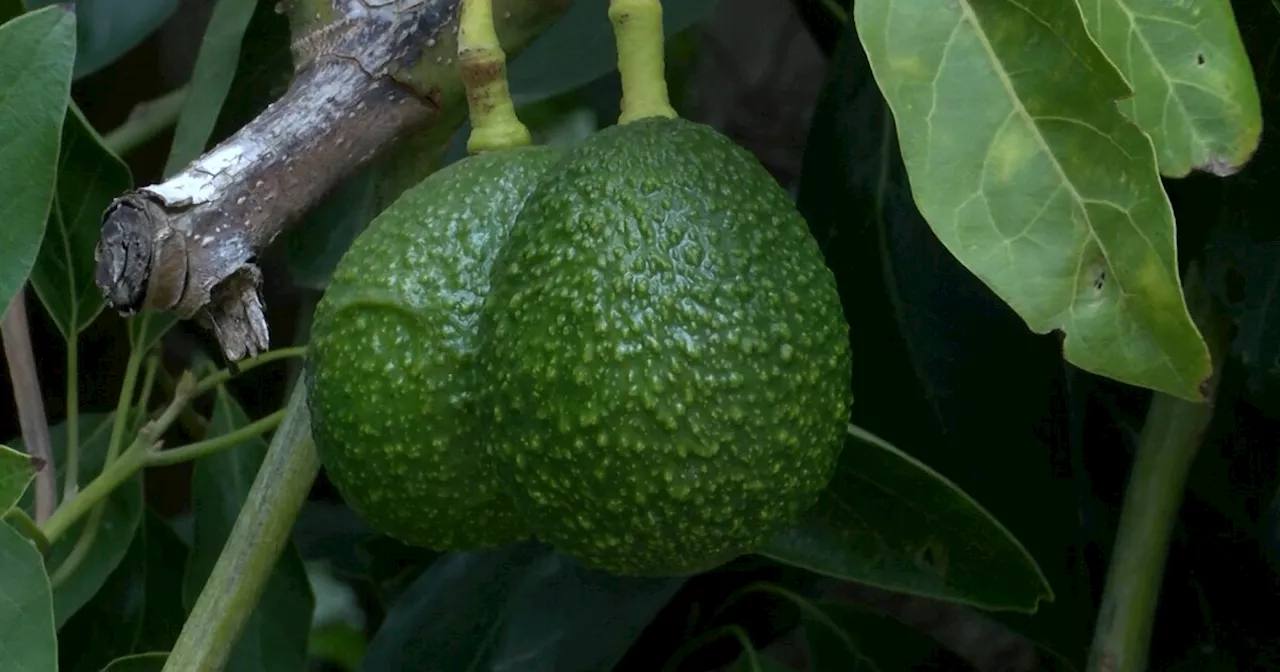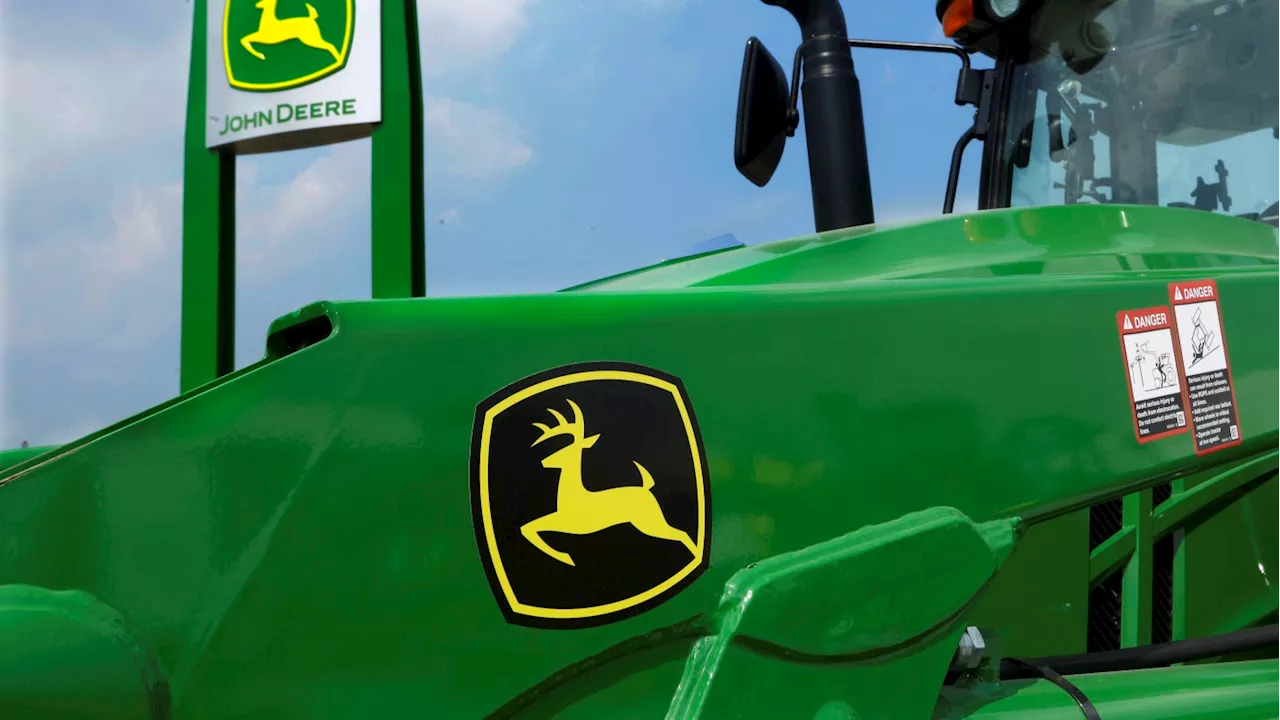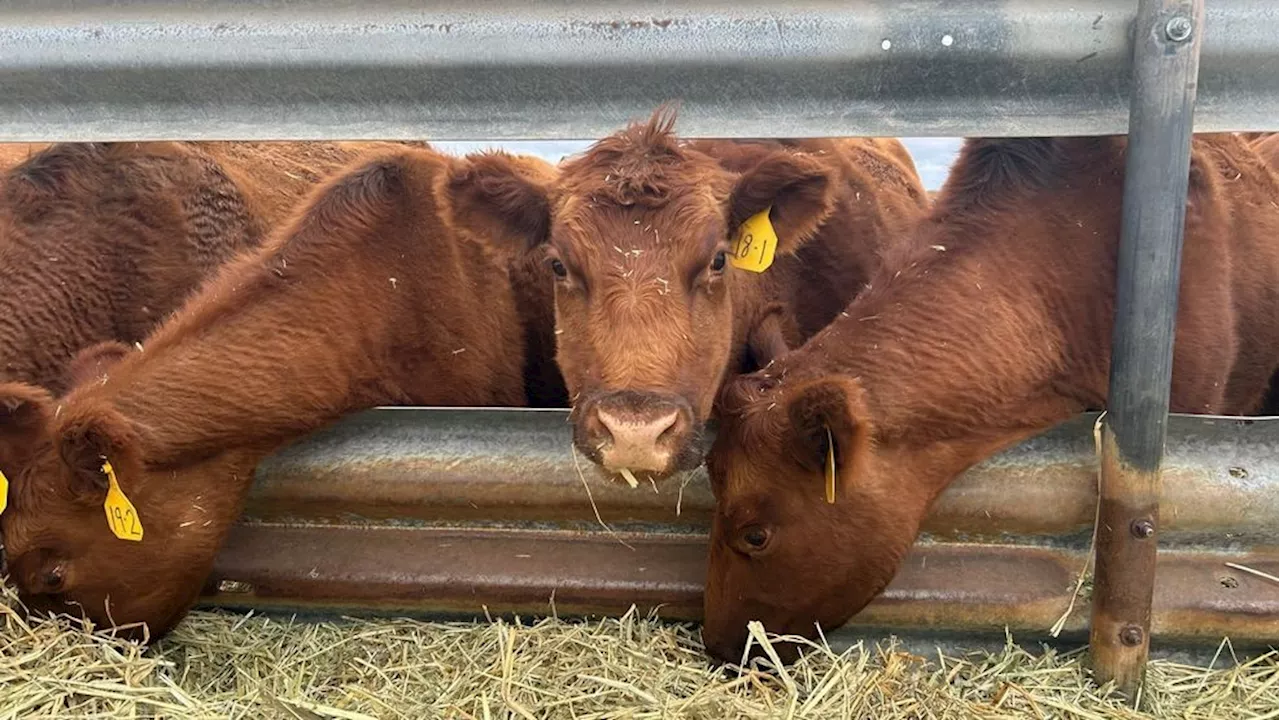A D3 drought declaration in Washington County, Utah, highlights the severity of the situation. Farmers are bracing for a challenging year with limited water availability, raising concerns about planting schedules, livestock grazing, and potential economic hardship.
The National Weather Service has declared Washington County a D3 drought area, signifying extreme conditions that are already impacting local farmers. With snowpack levels at 22% of average and a significant lack of precipitation, farmers are preparing for a challenging agricultural season. Zach Renstrom, General Manager of the Washington County Water Conservancy District, confirmed the severity of the situation.
“Every day that passes without snowfall, these numbers continue to decline,” he stated. “This drought will disproportionately affect our farmers. Most of them rely directly on our rivers for irrigation, and they anticipate receiving approximately 25% of their usual water allocation this year.”For fourth-generation farmer Stuart Stout, the drought has raised concerns about his planting schedule and livestock grazing. “While I’ve experienced dry periods before, never have I witnessed such dryness so late into winter,” Stout remarked. “My fields are ready for planting, but there’s virtually no moisture in the soil.” He added, “Currently, planting feels like a leap of faith. If a small amount of moisture arrives, the seeds might germinate, but they will likely dry up and perish afterward.” Stout further explained, “If we don’t receive any rain, the grazing land on my mesa will be barren. I’ll have to purchase feed to sustain my cattle through the summer, and the costs will escalate rapidly. This situation presents a gamble: should we purchase extra feed in advance, or sell some of our cattle to the slaughterhouse? Either option carries its own risks.” Renstrom echoed this sentiment, stating, “Farmers face a difficult decision. Should they invest in additional feed, which can be transported to the area? Or should they sell some of their cattle at market?” Stout shared that they had a successful growing season last year, leaving them with sufficient feed reserves. However, if the drought persists, they may be forced to confront this same agonizing choice. “If hay prices remain high, but cattle prices are low, it becomes uneconomical to feed the cows because the hay is more valuable,” Stout explained. “Conversely, if hay prices decline, but cattle prices rise, which is our current situation, this balance can shift rapidly. Buyers can influence market dynamics, and the drought can have a profound impact. It’s simply the nature of the agricultural world.”Regarding water limitations for farmers, Renstrom clarified that they cannot solely rely on large-scale infrastructure projects. River commissioners will need to manage water allocation to farms, and farmers themselves will be required to implement rationing measures. “Farmers are adept at self-regulation,” Renstrom stated. “They may opt for a single cut of alfalfa or only plant half of their fields.”At present, this struggle will primarily be borne by individual farmers. The agricultural industry in Washington County is sufficiently small that this drought is unlikely to cause immediate price increases at grocery stores. “Our local food system is quite extensive,” Renstrom noted. “At least for this year, you won’t observe any changes in prices at the grocery store.”Concerning the water reserves in our reservoirs, Renstrom expressed confidence that we have a secure and reliable supply of drinking water for the summer months. However, he emphasized the importance of ongoing water conservation efforts. “If we experience two consecutive winters like this, we may have to resort to more extreme measures,” Renstrom warned. “We might request cities to declare emergencies and impose restrictions on all outdoor watering.”“We view water conservation as akin to a savings account,” he said. “During times when we lack sufficient water replenishment, we begin to draw from our reserves, and these reserves are finite. The slower we deplete our water reserves, the better positioned we will be.
Environment Drought Water Conservation Agriculture Farmers Livestock Washington County Utah
United States Latest News, United States Headlines
Similar News:You can also read news stories similar to this one that we have collected from other news sources.
 San Diego County Farmers Brace for Possible Tariff ImpactThe president of the San Diego County Farm Bureau discusses the potential effects of tariffs on imports from Canada and Mexico for local farmers and consumers. While specialty crops grown in San Diego County are unlikely to be significantly impacted, the tariffs could potentially raise prices for some fresh fruits and vegetables.
San Diego County Farmers Brace for Possible Tariff ImpactThe president of the San Diego County Farm Bureau discusses the potential effects of tariffs on imports from Canada and Mexico for local farmers and consumers. While specialty crops grown in San Diego County are unlikely to be significantly impacted, the tariffs could potentially raise prices for some fresh fruits and vegetables.
Read more »
 Washington firefighters arriving in Los Angeles County to help fight firesFire crews all the way from the Evergreen State have made their way down to California to help battle massive wildfires in Los Angeles County. They got to work right away.
Washington firefighters arriving in Los Angeles County to help fight firesFire crews all the way from the Evergreen State have made their way down to California to help battle massive wildfires in Los Angeles County. They got to work right away.
Read more »
 Washington County police investigating after human remains foundHuman remains discovered over the weekend in Washington on Monday were confirmed to be those of a male, police said.
Washington County police investigating after human remains foundHuman remains discovered over the weekend in Washington on Monday were confirmed to be those of a male, police said.
Read more »
 Washington County police investigate human remains found near Elephant ArchHuman remains discovered over the weekend in Washington on Monday were confirmed to be those of a male, police said.
Washington County police investigate human remains found near Elephant ArchHuman remains discovered over the weekend in Washington on Monday were confirmed to be those of a male, police said.
Read more »
 Criminal appeals court to rehear election wrongdoing case involving Washington County RepublicanThe Court of Criminal Appeals will rehear a case it threw out last year. Three of the judges became targets of Attorney General Ken Paxton over another ruling and lost reelection.
Criminal appeals court to rehear election wrongdoing case involving Washington County RepublicanThe Court of Criminal Appeals will rehear a case it threw out last year. Three of the judges became targets of Attorney General Ken Paxton over another ruling and lost reelection.
Read more »
 John Deere faces U.S. lawsuit over farmers' ability to repair tractorsThe Federal Trade Commission and two states accuse Deere of costing farmers time and money by unfairly limiting software access and forcing the use of only authorized dealers.
John Deere faces U.S. lawsuit over farmers' ability to repair tractorsThe Federal Trade Commission and two states accuse Deere of costing farmers time and money by unfairly limiting software access and forcing the use of only authorized dealers.
Read more »
